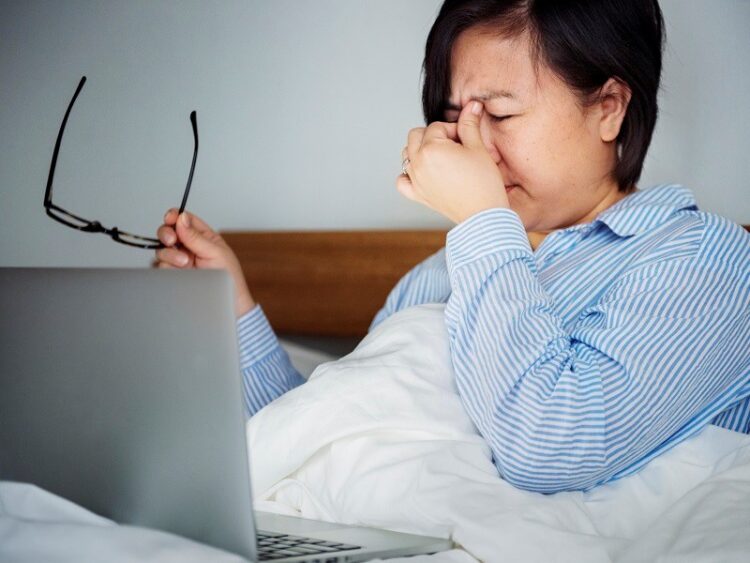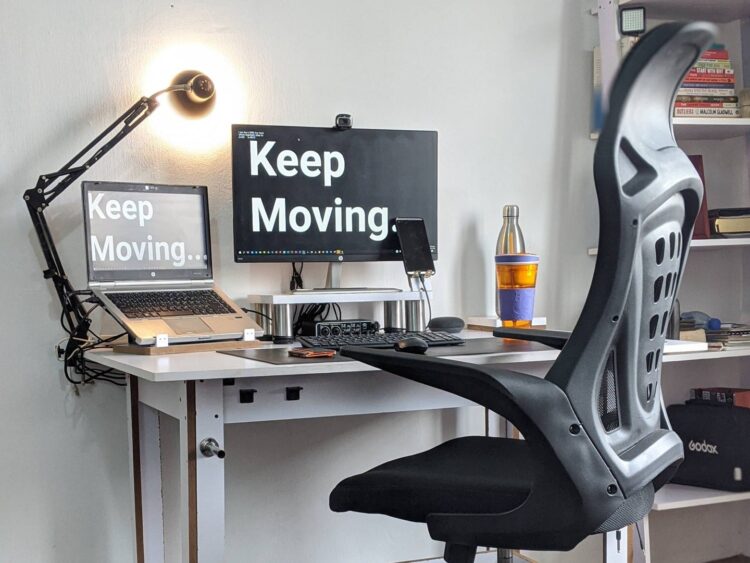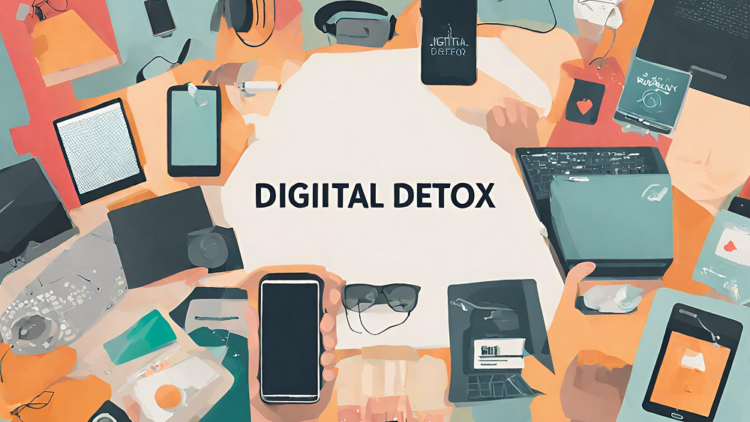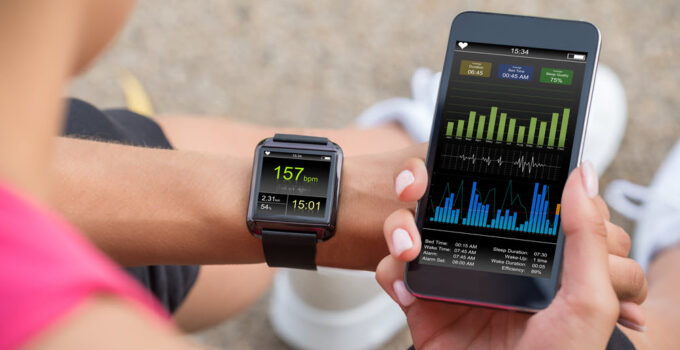We find ourselves often dominated by the glow of screens and the buzz of notifications. Our daily lives are more than ever intertwined with technology.
Tech gadgets have become indispensable, from the smartphones that keep us connected to the laptops and tablets that power our professional lives.
Yet, this constant connectivity comes with its health implications, notably concerning our eye health and overall well-being. As we navigate the digital landscape, making informed choices about technology use and its effects on our health is paramount.
Page Contents
Understanding the Impact of Screen Time

Source: linkedin.com
While the digital age offers unparalleled access to information and convenience, it also raises significant health concerns. Prolonged exposure to screens can lead to digital eye strain, characterized by dryness, irritation, difficulty focusing, and even headaches. The blue light emitted by screens can disrupt our sleep cycles, further impacting our health and productivity.
- Reducing Eye Strain: Take regular breaks using the 20-20-20 rule; every 20 minutes, look at something 20 feet away for at least 20 seconds.
- Optimizing Workspace: Ensure proper lighting and screen positioning to minimize glare and maintain a healthy distance from your screen.
- Blue Light Filters: Use blue light filters on devices or wear blue light-blocking glasses to protect your eyes.
Exploring Corrective Options
As we assess the impact of technology on our health, it’s also worth exploring corrective options for mitigating some of its effects. LASIK surgery presents a viable solution for those experiencing vision problems exacerbated by digital eye strain. This procedure can correct a range of vision issues, reducing dependency on eyewear and potentially alleviating some of the discomfort associated with prolonged screen use.
- Understanding LASIK: It’s a laser surgery option that corrects vision by reshaping the cornea, offering a permanent solution for many who rely on glasses or contact lenses.
- Considering the Costs: While it is an investment in your vision, understanding the costs of LASIK involved is essential.
The Role of Ergonomics in Tech Use

Source: popsci.com
Ergonomics plays a crucial role in mitigating the physical downsides of technology use. The design and arrangement of our workspaces can significantly affect our posture, leading to back pain, wrist strain, and other musculoskeletal issues.
- Ergonomic Setups: Invest in ergonomic chairs, desks, and accessories to support proper posture.
- Keyboard and Mouse Use: Choose peripherals that reduce strain on your hands and wrists.
- Standing Desks: Consider adjustable desks that allow for periods of standing, promoting better circulation and posture.
Balancing Technology with Physical Activity
The sedentary lifestyle that often accompanies heavy tech use can contribute to a range of health issues, from obesity to cardiovascular diseases. Balancing our digital lives with physical activity is essential for maintaining overall health.
- Scheduled Exercise: Incorporate regular exercise into your daily routine, whether it’s a morning jog, a midday walk, or an evening workout.
- Tech for Fitness: Utilize fitness trackers and apps to monitor your activity levels, set goals, and stay motivated.
- Active Breaks: Use breaks to stretch, move around, and give your body a much-needed respite from sitting.
Adopting a Digital Detox Strategy

Source: studiomilestone.com
In an age where constant connectivity is the norm, it’s crucial to recognize the value of disconnecting. A digital detox, or a designated period away from electronic devices, can significantly improve mental health and reduce stress levels.
- Scheduled Device-Free Times: Implementing regular intervals where electronic devices are intentionally set aside can encourage more direct social interactions and reduce stress.
- Tech-Free Zones: Establishing areas in the home, such as the bedroom or dining area, where technology is not allowed can promote better sleep hygiene and family connections.
Enhancing Sleep Quality in the Digital World
The intrusion of technology into our night-time routines can severely impact the quality of our sleep. With screens emitting blue light that disrupts our circadian rhythms, finding ways to protect our sleep is essential.
- Night-time Tech Rules: Create rules for technology use in the hours leading up to bedtime, such as turning off devices at least an hour before sleep.
- Use of Sleep Technology: While minimizing screen time before bed, certain technologies, like sleep trackers or apps that promote relaxation and meditation, can actually support better sleep.
Mental Health in the Digital Sphere

Source: facebook.com
The digital age brings with it a unique set of challenges for mental health, including the potential for social media-induced anxiety and depression. Addressing these issues head-on is vital for maintaining mental well-being.
- Social Media Consumption: Be mindful of your time spent on social media platforms and their impact on your mental health. Curate your feeds to minimize exposure to negative content.
- Online Support Networks: Leveraging online communities and resources for mental health support can be beneficial, provided they are approached with discernment and are used to complement real-world support systems.
Making Informed Decisions
In the digital age, where technology permeates every aspect of our lives, making informed decisions about our tech use and its health implications is more important than ever. By understanding the risks, taking proactive steps to mitigate adverse effects, and exploring corrective measures like LASIK, we can navigate the digital landscape more healthily and sustainably.
As we continue to rely on technology to power our daily lives, let’s not forget the importance of taking care of our health in the process. Making smart choices about how we use technology can lead to a more balanced, healthier life in the digital age.




